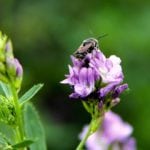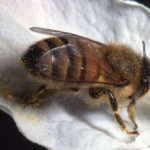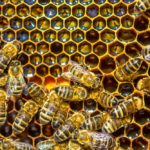Health Canada’s April decisions on three neonicotinoid insecticides won’t change much for growers this year — but it also won’t be the last word on the subject. Producers will still have access to most imidacloprid, clothianidin and thiamethoxam uses following the April 11 ruling. In 2016, the federal government announced plans to phase out imidacloprid











